Wheel bolt pattern!
So, we meet again, this time to chat about bolt pattern. This measurement comes with many different names all around the Internet, so it's a good idea to know some of them, which are bolt pattern (of course), bolt circle, lug pattern, stud pattern, pcd, pitch circle diameter (same as pcd), etc., this is thus different names for basically the same thing.
Now that you know the names, what is a bolt pattern? Well, a bolt pattern is determined from two things: the number of bolts or lug nuts that are used to mount a wheel to a car, and the position of the holes, namely the pitch circle diameter, which is the diameter through all the holes (center of the holes).
Bolt pattern = number of bolts that are used to mount a wheel and the pitch circle diameter of the holes.
Let's have a look at the bolt pattern from the outside/visible side of a wheel, in this case we have a Volvo as an example.
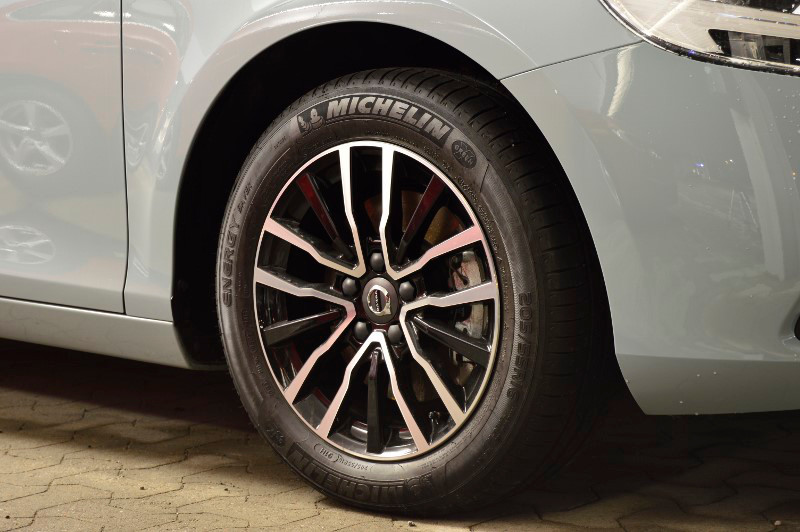 Volvo wheel/rim bolt pattern.
Volvo wheel/rim bolt pattern.
Now we move on to the inside of a wheel, this is the mounting surface which mounts to the wheel hub of a car (the bolt pattern is the five holes around the center bore of the rim, in other terms the large hole in the middle of the wheel, approx 70 mm in diameter in this case).
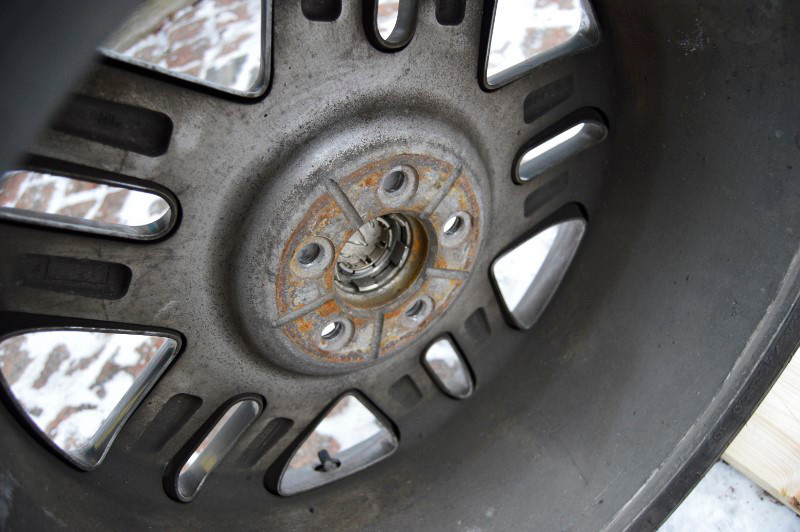 Bolt pattern as seen from the inside of a wheel.
Bolt pattern as seen from the inside of a wheel.
For a wheel to be able to fit a car, the bolt pattern must have the correct measurements, but please notice that A LOT of other things must be consistent in order for a wheel to fit, for example the wheel offset/ET, center bore, rim width, rim diameter, tire size etc., but that ain't on the menu today.
Measure the bolt pattern
So, how do you measure the bolt pattern? Let's say you already know the bolt pattern of your car, maybe through our bolt pattern guide (www.bolt-pattern.com) or some other table, and you are a speculant on some nice rims, but aren't sure the lug pattern is correct even though the ad listing says so. Then it's a good idea to measure it manually (if it isn't stamped on the inside of the wheel/one of the spokes!).
To measure the bolt pattern, first start by measuring the diameter of the center bore, aka. the big hole in the middle.
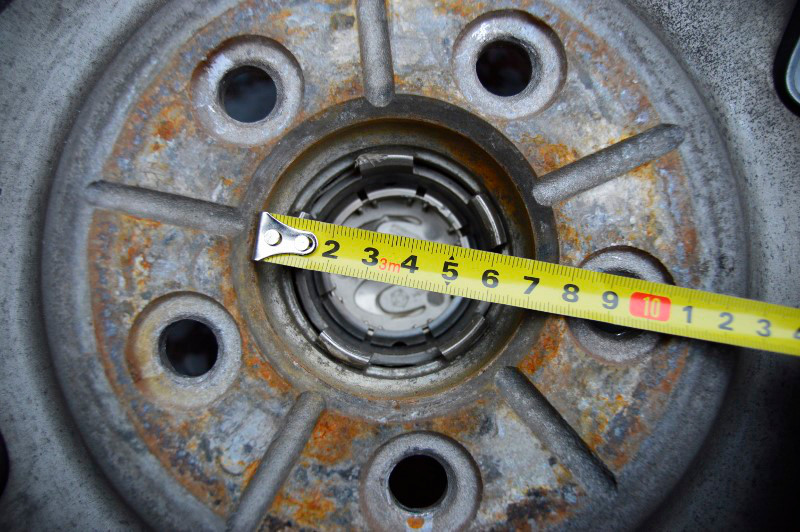 Measuring the rim center bore diameter.
Measuring the rim center bore diameter.
As seen above, the center bore it approx. 70 mm (the precise measurement is 71,6 mm, it's best to use a caliper and not a measuring tape, we just wanted to illustrate the basic idea of how to do it).
The second thing to measure is the distance between the edge of the center bore to the edge of one of the bolt holes, which in our case is around 14 mm (again, this must be precise, we only used a measuring tape to demonstrate!).
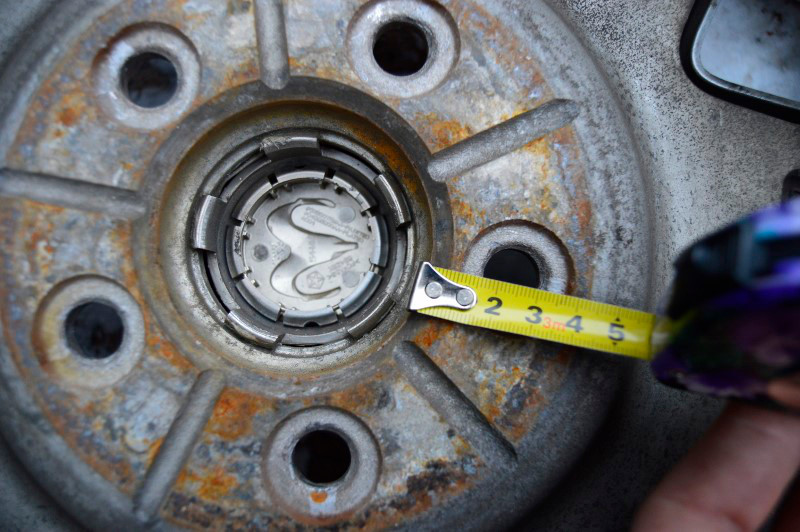 Measuring the distance between the center bore edge to the bolt hole edge.
Measuring the distance between the center bore edge to the bolt hole edge.
The third and also last thing to measure is the diameter of the bolt hole, we've got it to 15 mm more or less.
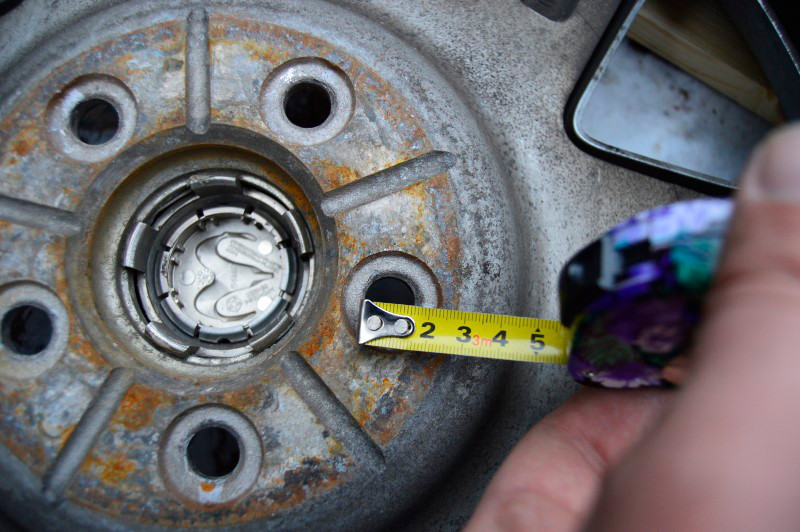 Measuring the bolt hole diameter.
Measuring the bolt hole diameter.
Now that we've got the three measurements we're going to add them up, but also multiply the "edge to edge" distance with two, that gives us the bolt pattern, easy or what? So, it goes like this: center bore diameter + edge to edge distance + edge to edge distance + bolt hole diameter = bolt pattern! This calculation will be further explained with illustrations below.
If we add our measurements we'll get 71,6 mm + 14 mm + 14 mm + 15 mm = 114,6 mm, but remember we weren't that accurate in our demonstration, the bolt pattern actually is 5x114,3 and not 5x114,6 (the car is a Dodge). Notice that you must be very precise when measuring, use a caliper or something similar! When we're already talking about precise measurements, the bolt pattern must always match by the tenth of a millimeter, don't go with a 115 mm bolt pattern if the car has a bolt pattern of 114,3!
Illustrations
Here are some pictures from our bolt pattern section at Bolt-pattern.com, starting with a gif animation to explain how to measure a lug pattern.
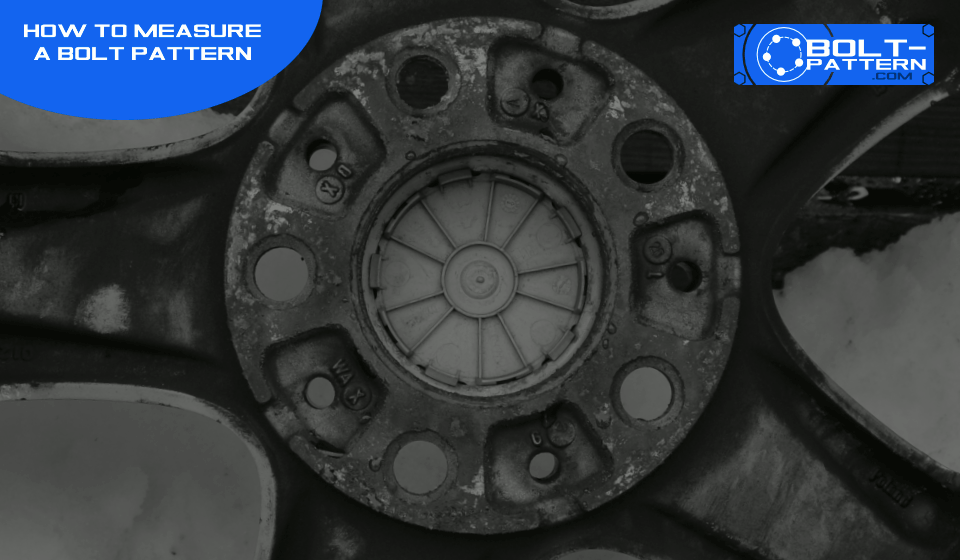 How to measure the wheel bolt pattern, animated gif.
How to measure the wheel bolt pattern, animated gif.
We continue with two non-animated images describing how a bolt pattern is measured.
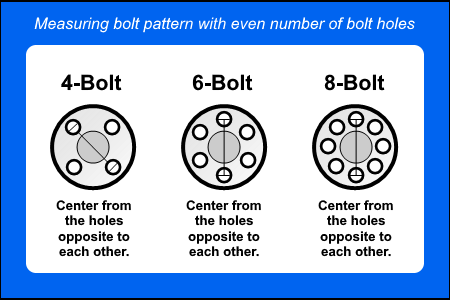 How to measure the bolt pattern with even number of lug holes.
How to measure the bolt pattern with even number of lug holes.
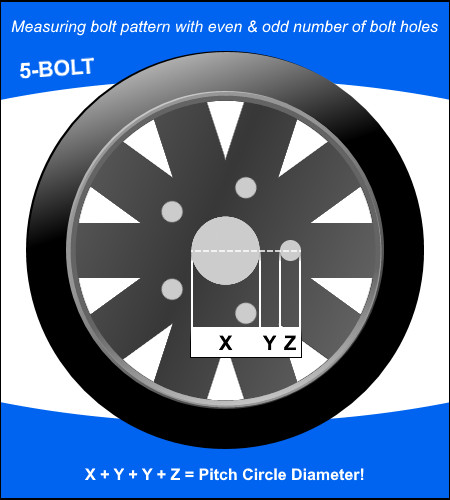 How to measure the bolt pattern with even or odd number of lug holes.
How to measure the bolt pattern with even or odd number of lug holes.
That's all of the photos in this blog post, but scroll down and read some more as we're not quite done yet.
Bolt pattern in metric or inches
A bolt pattern can be written in both metric and inches, what is more common depends on where you live, e.g. in the USA, it is common for the rims and wheels stores to write it in inches. So, how do you convert one another? It's simple, you just need to know that 1 inch is the same as 25,4 millimeter.
As an example, let's take the 5x114,3 bolt pattern and convert it to inches. All you have to do is divide the metric pitch circle diameter, 114,3 mm, with 25,4 mm, here's the calculation: 114,3 mm / 25,4 mm = 4,5 inches, which makes the bolt pattern 5x4,5 in inches.
The same idea goes for converting a bolt pattern in inches to millimeters, but then we have to do the opposite, namely multiply the bolt pattern in inches with 25,4. Example: We have a bolt pattern in inches which is 5x5, then take 5 and multiply with 25,4 = 127 mm. So, a 5x5 bolt pattern is the same as a 5x127 bolt pattern, and so on.
UPDATE! We have written a new blog post which includes an easy bolt pattern conversion chart for sizes in metric converted to inches, check it our here!
Hope you've learned something from this blog post, see you again later!
